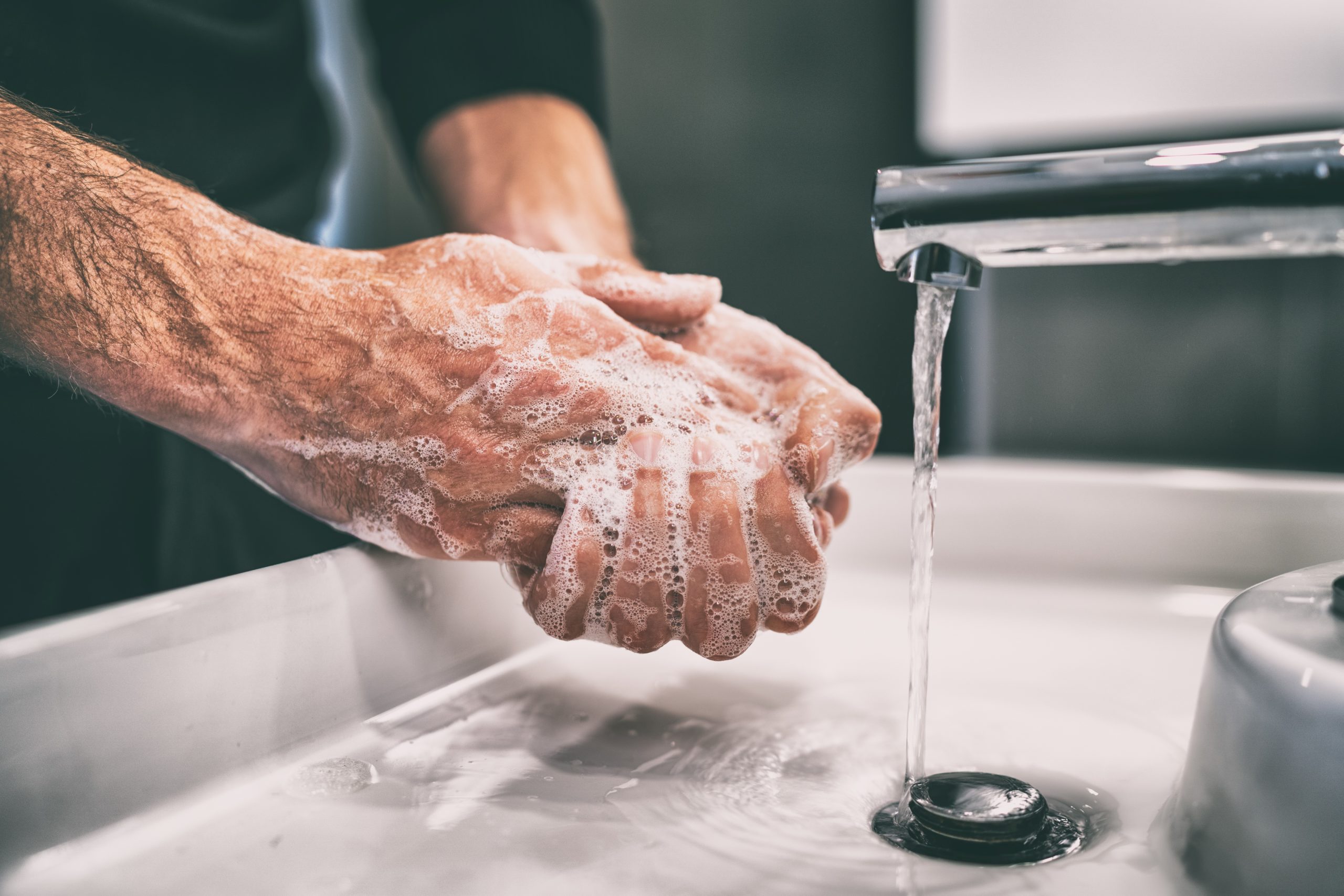This year, it’s more important than ever to avoid getting the flu. Influenza is a contagious respiratory illness caused by viruses that infect the nose, throat, and sometimes the lungs. COVID-19 is a disease caused by the novel coronavirus, which can also trigger a respiratory tract infection. It is highly contagious and can affect the upper or lower respiratory tract.
According to health experts, like Dr. Anthony Fauci, it is possible to get the flu and COVID-19 at the same time. This can lead to serious health issues since both illnesses target the respiratory tract.
Adding another respiratory illness on top of the ongoing COVID-19 pandemic could further overwhelm the health care system, strain testing capacity and increase your risk of catching both diseases at once. There are still a few months left of flu season left, so it’s important to stay vigilant and take proper precautions.
Five ways to avoid getting the flu
Whether or not you’ve chosen to get your flu shot this year, it’s still important to take preventative measures to stay healthy. Here are five ways to avoid getting the flu:
- Wash your hands often
Wash your hands with warm water and soap for at least 15 seconds every time you use the restroom, cough or sneeze, before meals, and after handling high-touch surfaces (e.g., door handles, light switches, remotes, etc.). If you are unable to wash your hands, keep hand sanitizer nearby, especially in places like your car or office. - Cover your nose and mouth when you sneeze or cough
To help keep germs off your hands, cover your sneezes or coughs with a tissue, rather than your hand or a cloth towel. Alternatively, you can sneeze or cough into your elbow. Be sure to wash your hands or sanitize immediately after. - Avoid close contact
We’re used to hearing it by now, but staying physically distant from anyone showing signs or symptoms is the best way to avoid flu as well as other respiratory illnesses like the common cold and COVID-19. The Centers for Disease Control and Prevention recommends keeping a minimum distance of six feet. - Limit your exposure
Try to limit the amount of time you are in contact with people you do not live with. This includes avoiding crowded indoor as well as outdoor places. - Avoid sharing items or touching public spaces
To reduce your exposure to germs and bacteria, avoid sharing items like pens or phones, and avoid touching public spaces as much as possible. This includes things like handrails, elevator buttons, door pulls and faucet handles. When out and about it’s best to carry a small bottle of hand sanitizer when access to warm water and soap is limited.
If you or a loved one is experiencing symptoms of the flu or COVID-19, visit your local urgent care to get a COVID-19 rapid test. Our physicians and medical assistants are available between 8:00 am – 7:00 pm Mon-Fri for drive-by or walk-in COVID-19 rapid testing.

